25 Desert Plants You Should Know About
When we think of the desert, we often picture it as an empty place with no room for plants or animals. But the truth is, even in these harsh environments with extreme temperatures and little rain, there are plants that have learned to survive. These special plants have adapted to the desert conditions and can be found in deserts all over the world.
If you’re curious about the names of these desert plants and want to learn more about their amazing characteristics, you’ve come to the right place. Keep reading, and we’ll fill you in on all the fascinating details.
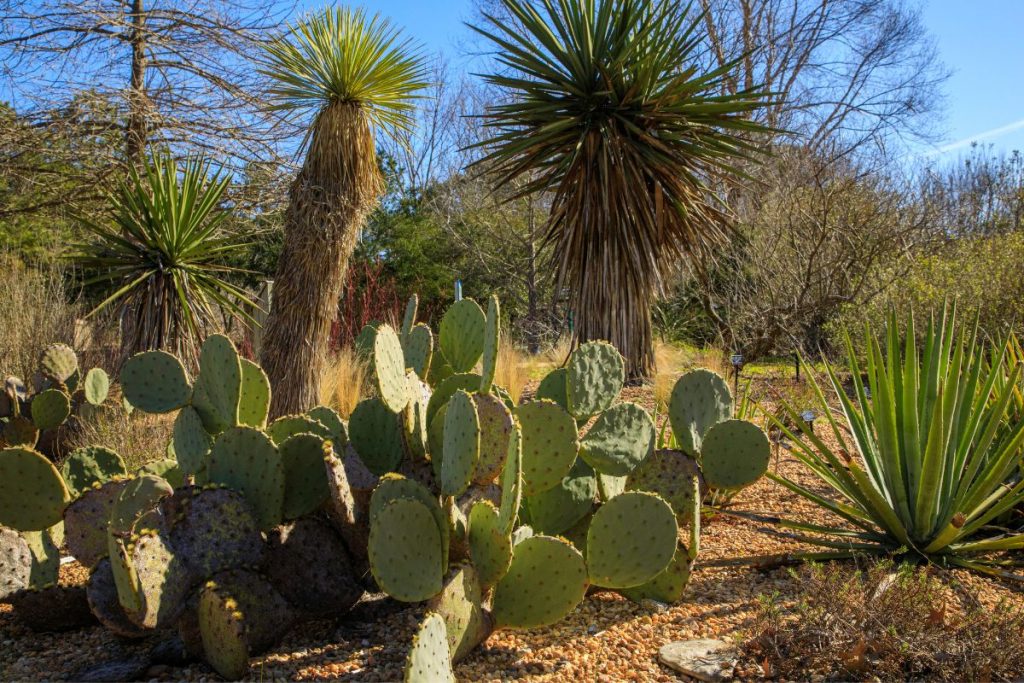
Contents
Plants that Grow in the Desert
Agave or Century Plant
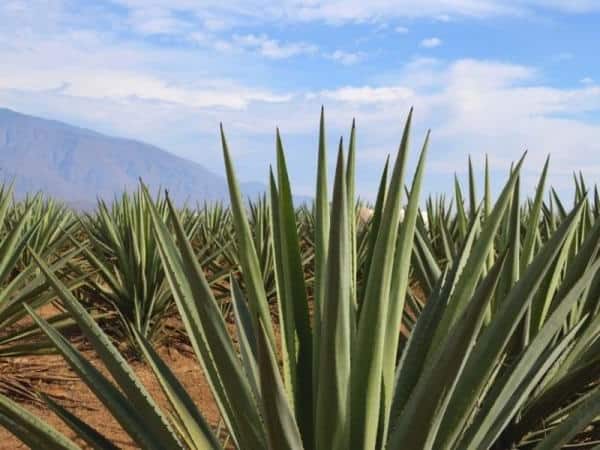
One of the most famous desert plants is the century plant or agave. There are more than 300 species of this plant. It has a big rosette at the bottom, and from there, succulent leaves grow out like spikey spikes with thorns on the sides.
The agave or century plant can be found in warm regions around the world, but it originally came from Mexico and the southern United States. It prefers clay or volcanic soils that are rich in iron. It doesn’t like cold temperatures and prefers around 72°F (22°C).
Datil Yucca or Banana Yucca
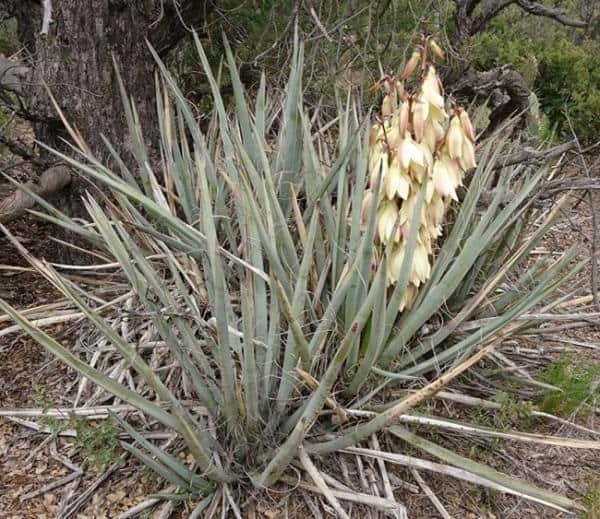
The Banana Yucca is a desert plant related to the Mojave yucca. It’s a special plant that grows in the Mojave desert and can be found in Texas, New Mexico, Arizona, California, and northern Mexico.
This plant has succulent leaves that grow from a central stem and can be 30 to 100 centimeters long. Its leaves have a greenish color with hints of blue, which is very unique.
Ferocactus
Let’s talk about the Ferocactus, one of the most distinctive cacti. Look at the picture below, and you’ll recognize it!
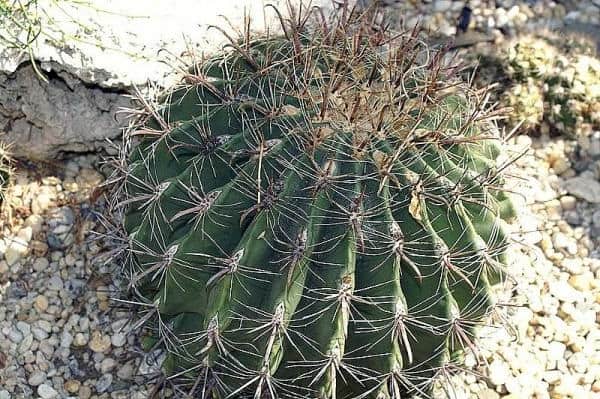
This cactus has a rounded shape that helps it store water and survive in the desert. The Ferocactus wislizeni, also known as fishhook barrel cactus, is covered with rows of thorns that actually look like leaves. This helps the cactus reduce water loss. It’s originally from the deserts of Sonora and Chihuahua, but you can find it in different parts of the world now.
Joshua Tree
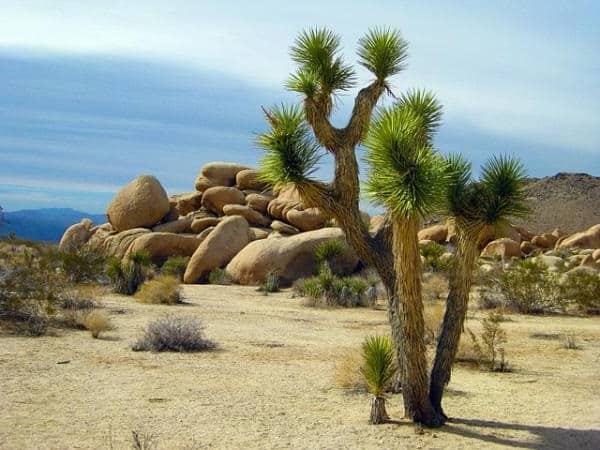
The Joshua tree, scientifically known as Yucca brevifolia, is related to the Banana Yucca. It also has pointed and succulent leaves that store water. However, unlike the Banana Yucca, the Joshua tree has more branches and a tall trunk that makes it look like a tree, not just a shrub. It grows very slowly and can live up to 200 years. Some Joshua trees can reach over 10 meters in height!
Mexican Fencepost Cactus
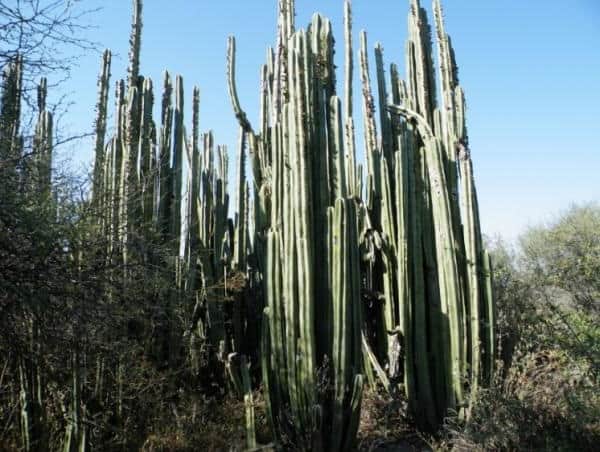
The Mexican fencepost cactus, also called Pachycereus marginatus, is a unique cactus found in the deserts of Mexico. It has a tree-like shape with elongated, ribbed bodies growing vertically from a common trunk. It can grow up to 3 to 4 meters tall.
The entire body of this cactus is covered in thorns, mainly concentrated on the ribbed parts. Its flowers are remarkable, with vibrant orange or red colors that contrast beautifully with the green surface of the plant.
Other Plants that Survive in the Desert
To finish this article about desert plant names, we offer you a list of the best plants for desert climates or semi-desert areas with very little water most of the year. Some are cacti, others are succulents, trees, and shrubs, and so on.
- Beavertail Prickly Pear
- Cholla
- Eastern Prickly Pear
- Desert Willow
- Creosote Bush
- Poppy, California Poppy, or Golden Poppy
- Juniper
- Jerusalem Thorn or Palo Verde
- Ocotillo or Jacob Cactus
- Mesquites
- Mojave Yucca
- Desert Spoon (Dasylirion wheeleri)
- Santa Rita Prickly Pear
- Desert Ironwood
- Aloe vera
- Ghost Plant or Mother-of-pearl-plant (Graptopetalum paraguayense)
- Pencil Cactus
- Burro’s Tail or Donkey’s Tail
- Living Stone
